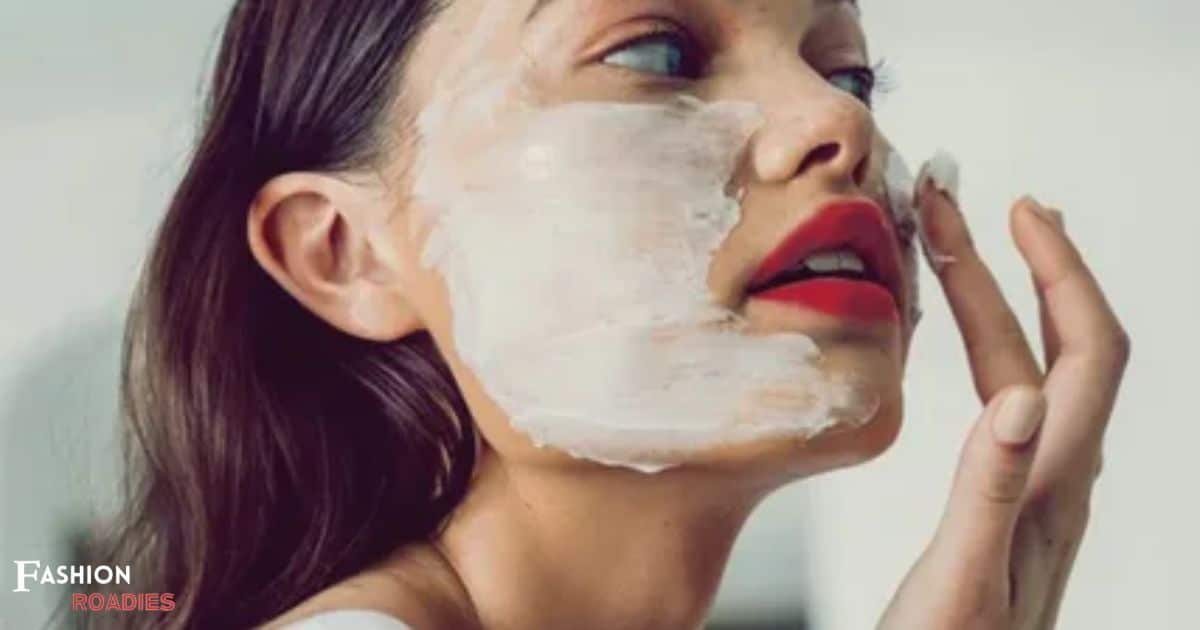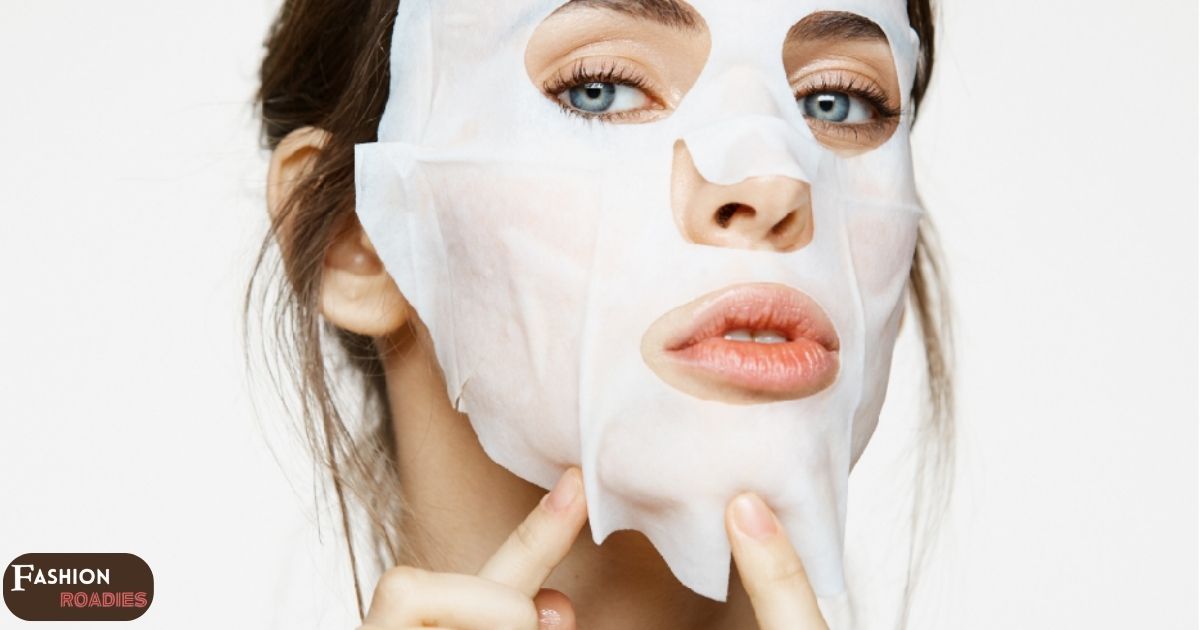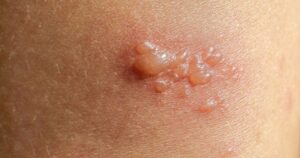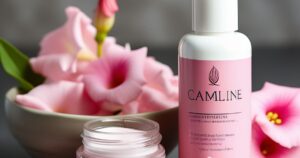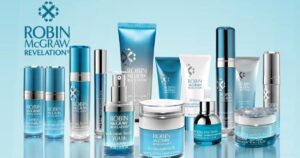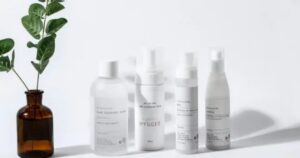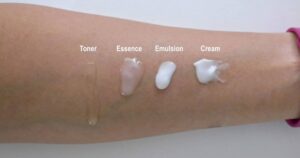In the realm of skincare, the use of a face mask has become an essential step in achieving a flawless complexion. Undoubtedly, the question arises – when is the ideal time to incorporate this product into your routine? This article aims to provide clarity and guidance by exploring the optimal moments to apply a face mask. With expert advice and a comprehensive breakdown of the dos and don’ts, readers will gain valuable insights on how to maximize the benefits of this skincare staple.
Key Takeaways
- Cleansing and toning the skin before using a face mask is important to remove dirt, oil, and impurities, and prepare the skin for better absorption of active ingredients.
- Choosing a face mask based on your skin type and specific needs is crucial for maximum effectiveness.
- Moisturizing after using a face mask helps lock in the benefits, seal in hydration, and protect the skin’s barrier.
- Following proper skincare routine dos and don’ts, such as gentle cleansing, avoiding over-exfoliation and harsh products, and patch testing new products, is essential for an effective skincare routine.
Step 1: Cleanse Your Face
Before applying any face mask, it is crucial to start with step 1: cleanse your face, in order to remove dirt, oil, and impurities for maximum effectiveness. Cleansing your face is an essential step that prepares the skin for the benefits of a face mask. By removing dirt, oil, and impurities, the mask can penetrate deeper into the pores, allowing for better absorption of its active ingredients. Cleansing also helps to unclog pores, prevent breakouts, and improve overall skin health. It is recommended to use a gentle cleanser that suits your skin type, whether it is oily, dry, or sensitive. Gently massage the cleanser onto damp skin, focusing on areas prone to congestion, and rinse thoroughly with lukewarm water. Following this step ensures that your face is clean and ready to receive the full benefits of your chosen face mask.
Step 2: Apply Toner With Cotton Pad
Apply toner to your face using a cotton pad to balance the skin’s pH levels and remove any remaining impurities. Toner is an essential step in a skincare routine as it helps prepare the skin for the next steps. Here are some important points to consider when applying toner:
- Choose the right toner for your skin type: Whether you have oily, dry, or sensitive skin, it’s crucial to select a toner that suits your specific needs.
- Use a cotton pad: Applying toner with a cotton pad ensures even distribution and better absorption into the skin.
- Pat, don’t rub: Gently pat the toner onto your face instead of rubbing it to avoid irritating the skin.
Using toner regularly can help improve the overall appearance of your skin by minimizing pores, reducing inflammation, and hydrating the skin. It is an effective way to maintain a healthy and balanced complexion.
Step 3: Apply a Face Mask
Effectively incorporating a face mask into your skincare routine enhances its efficacy and promotes deep nourishment and rejuvenation of the skin. A face mask can provide targeted treatment for various skin concerns such as dryness, acne, and dullness. It is recommended to use a face mask after cleansing and toning the skin, as it allows for better absorption of the active ingredients. Depending on your skin type and specific needs, you can choose from a range of face masks, including clay masks, sheet masks, and gel masks. Clay masks are ideal for oily or acne-prone skin as they help to absorb excess oil and unclog pores. Sheet masks are great for hydration and can provide a quick boost of moisture to the skin. Gel masks are soothing and cooling, making them suitable for sensitive or irritated skin. Incorporating a face mask into your skincare routine once or twice a week can help improve the overall health and appearance of your skin.
Step 4: Moisturize After Face Mask
After using a face mask, moisturizing is essential to lock in the benefits and keep the skin hydrated and nourished. Face masks can provide a range of benefits, from deep cleansing and exfoliation to hydration and brightening. However, without proper moisturization, these benefits may not be fully realized. Here are three reasons why moisturizing after a face mask is crucial:
- Sealing in moisture: Applying a moisturizer after using a face mask helps to seal in the hydration and nutrients provided by the mask, preventing them from evaporating and keeping the skin plump and supple.
- Restoring the skin’s barrier: Some face masks, particularly those with exfoliating or detoxifying ingredients, can temporarily disrupt the skin’s natural barrier. Moisturizing helps to repair and strengthen this barrier, protecting the skin from environmental stressors and maintaining its overall health.
- Enhancing the mask’s effects: Moisturizers can contain ingredients that complement the benefits of the face mask, such as antioxidants or soothing agents. This can enhance the mask’s effects and provide additional nourishment to the skin.
The Dos
One of the essential dos in a skincare routine is to properly cleanse the face before applying any products. Proper cleansing ensures that the skin is free from dirt, oil, and impurities, allowing the subsequent products to penetrate effectively. Cleansing also helps to remove makeup and unclog pores, preventing breakouts and promoting a healthy complexion. It is recommended to use a gentle cleanser suited for your skin type, avoiding harsh ingredients that can strip the skin of its natural oils. Additionally, it is important to cleanse the face twice a day, both in the morning and evening, to maintain a clean and balanced skin. Incorporating this simple step into your skincare routine can make a significant difference in the overall health and appearance of your skin.
The Don’ts
To ensure optimal skin health, it is crucial to avoid over-exfoliating and using harsh products, as these can lead to irritation and damage. Over-exfoliating can strip away the skin’s natural oils, disrupt its moisture barrier, and cause redness and inflammation. Harsh products, such as those containing alcohol or fragrance, can also irritate the skin and worsen existing conditions like acne or rosacea.
To maintain a healthy skin care routine, it is important to:
- Choose gentle exfoliators that are suitable for your skin type and use them sparingly, usually no more than 2-3 times a week.
- Avoid products with high concentrations of active ingredients, especially if you have sensitive skin.
- Always patch test new products before applying them to your entire face to check for any adverse reactions.
Benefits of Face Mask
Regularly incorporating a face mask into your skincare routine can provide numerous benefits, such as improving hydration and promoting a more youthful complexion. Face masks are a great addition to any skincare regimen as they can help to deeply cleanse the skin, remove impurities, and unclog pores. They can also provide a boost of hydration, especially if you choose a mask that contains moisturizing ingredients like hyaluronic acid or glycerin. Additionally, face masks can help to improve the appearance of fine lines and wrinkles, as they often contain ingredients like collagen or peptides that can promote skin elasticity. Furthermore, face masks can enhance the absorption of other skincare products, as they create a barrier that allows active ingredients to penetrate deeper into the skin. Overall, incorporating a face mask into your skincare routine can help to achieve a healthier, more radiant complexion.
Frequently Asked Questions
How Often Should I Use a Face Mask in My Skincare Routine?
The frequency of using a face mask in a skincare routine depends on various factors such as skin type, mask ingredients, and desired results. It is important to consider individual needs and consult with a skincare professional for personalized guidance.
Can I Use Multiple Face Masks in One Routine?
Using multiple face masks in one skincare routine can provide targeted benefits for different skin concerns. However, it is important to consider the ingredients and potential interactions between masks to ensure compatibility and avoid over-exfoliation or skin irritation.
What Are the Different Types of Face Masks Available and Their Benefits?
There are various types of face masks available in the market, each offering unique benefits. These include clay masks for deep cleansing, sheet masks for hydration, exfoliating masks for removing dead skin cells, and sleeping masks for overnight nourishment.
Should I Apply a Face Mask Before or After Exfoliating?
Applying a face mask before exfoliating can enhance its effectiveness. Exfoliating removes dead skin cells, allowing the mask’s active ingredients to penetrate deeper into the skin. This sequence ensures optimal results in your skincare routine.
Can I Leave a Face Mask on Overnight for Better Results?
Leaving a face mask on overnight may not necessarily yield better results. It is important to follow the instructions on the product to avoid potential skin irritation or adverse reactions.
Conclusion
In conclusion, incorporating a face mask into your skincare routine can provide numerous benefits for your skin. By following the proper steps of cleansing, toning, applying the mask, and moisturizing, you can enhance the effectiveness of the mask and achieve healthier, glowing skin. Despite potential objections about the time and effort required, the satisfaction of seeing improved skin and the self-care aspect of a skincare routine can evoke a sense of confidence and well-being in the audience.
